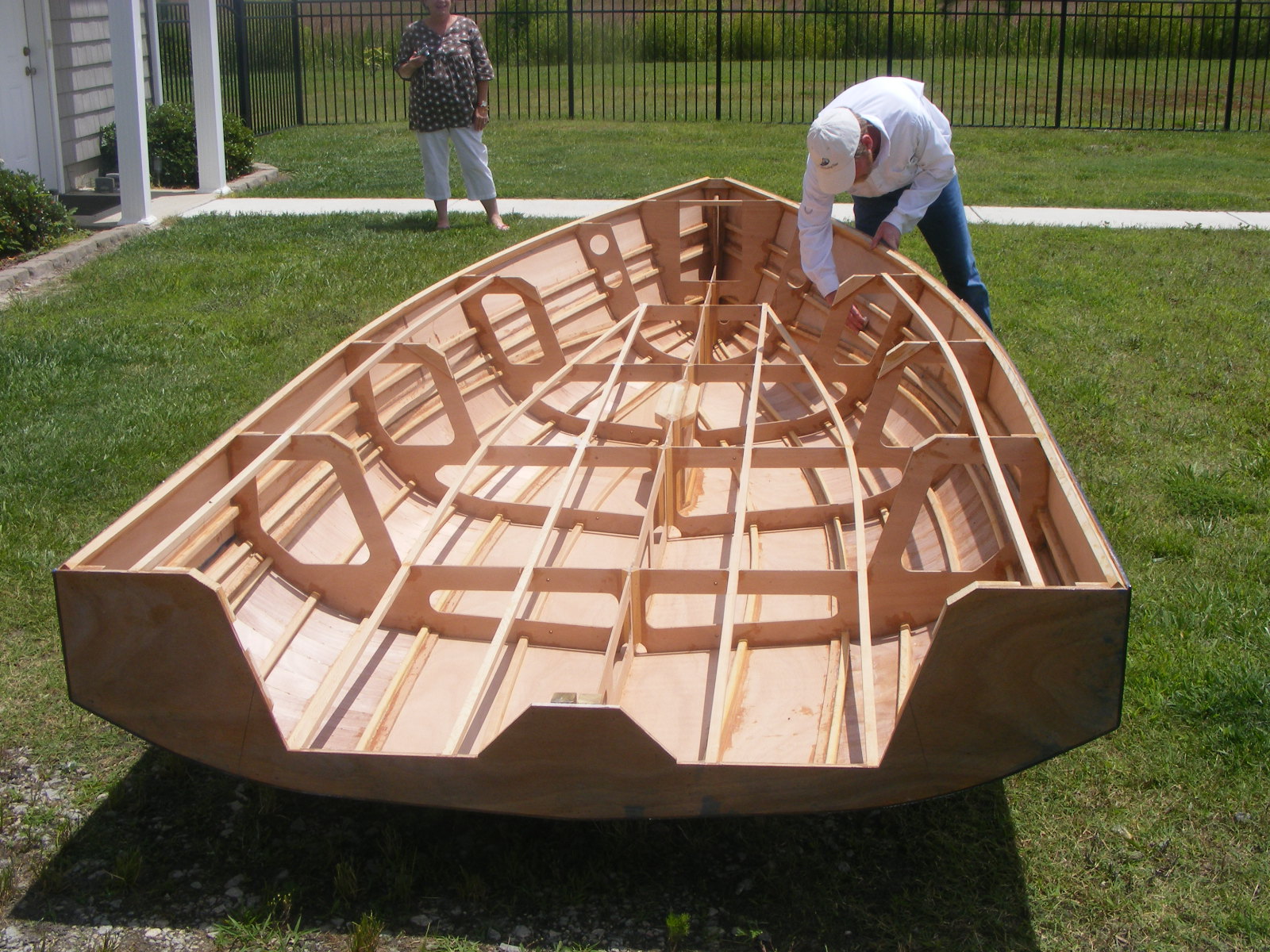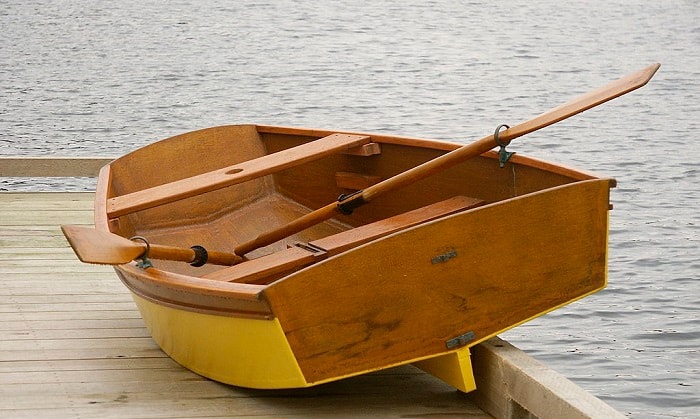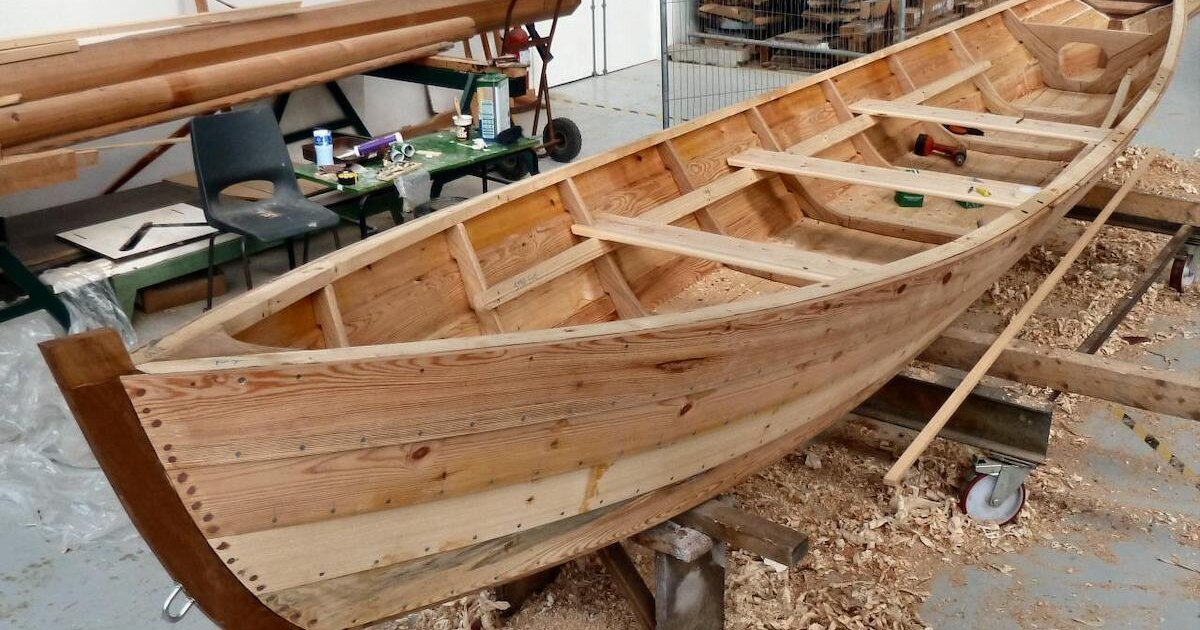
Beyond the Blueprint: Unveiling Hidden Gems in Plywood Boat Building
Building a boat from plywood â€" the dream of many a weekend warrior and seasoned craftsman alike. While numerous plans promise "easy-to-follow" instructions, the reality can be surprisingly nuanced. This article delves beyond the typical build guides, exploring often-overlooked aspects and offering fresh perspectives for first-timers and experienced builders alike.
The Unspoken Challenges: Addressing the Elephant in the Workshop
Most plans focus on the *what* â€" the cuts, the joints, the fastenings. But what about the *why*? Understanding the underlying principles transforms a simple build into a learning experience.
Q: Why does the wood grain orientation matter so much?
A: Ignoring grain direction is a recipe for disaster. Think of wood as a collection of tiny straws. Force applied along the grain (parallel to the fibers) is easily absorbed. Force applied across the grain (perpendicular) leads to splitting and failure. Proper grain alignment in critical areas like the keel and bottom significantly impacts strength and durability. Research shows that a 30% increase in strength can be achieved with optimal grain orientation (Source: *Boatbuilding: A Complete Handbook*, Adlard Coles Nautical).
Q: Beyond the plans, what unseen factors influence the success of my build?
A: The quality of your plywood is paramount. Marine-grade plywood is a must, but even within that category, variations exist. Consider the type of adhesive (phenol-formaldehyde is generally superior for marine applications), the core material (consider higher density for added strength), and the overall quality control of the plywood sheet. Inspect each sheet carefully for defects before starting the build. Also, humidity levels in your workshop can dramatically affect the plywood during and after construction. A climate-controlled space is ideal (Source: *Plywood Boat Construction*, Glen L. Marine Designs).
Thinking Outside the Hull: Innovative Approaches and Unexpected Solutions
Let's move beyond the standard build and consider some creative approaches:
The "Unexpected" Material Palette
While marine-grade plywood is the foundation, consider incorporating other materials strategically. Epoxy coatings offer superior water resistance compared to traditional varnish. Using fiberglass cloth on high-stress areas can add significant structural integrity. Even cleverly incorporated foam inserts can provide buoyancy and reduce weight. These additions, while often not explicitly mentioned in plans, represent significant upgrades in durability and performance (Source: Numerous articles and blog posts from boatbuilding forums and websites).
Real-World Story: Learning from a Mistake
A friend recently built a small dinghy, meticulously following his plans. He skipped the epoxy coating, assuming varnish would suffice. After a single season, he discovered significant water damage in critical areas, forcing costly repairs. This emphasizes the importance of going beyond the basics â€" research and choose materials for long-term durability, not just short-term ease.
Beyond the Boat: Expanding Your Skillset
Building a plywood boat is more than just following instructions; it's a journey of learning and skill development.
Key Takeaways:
- Mastering woodworking fundamentals is crucial.
- Develop a strong understanding of boat design principles.
- Embrace creativity and adapt plans to your needs and resources.
- Join online communities and engage with experienced boat builders.
Building a boat is a challenging but rewarding experience. By understanding the underlying principles, embracing innovation, and focusing on quality, you can transform your plywood boat building journey from a simple project into a truly remarkable achievement.



















